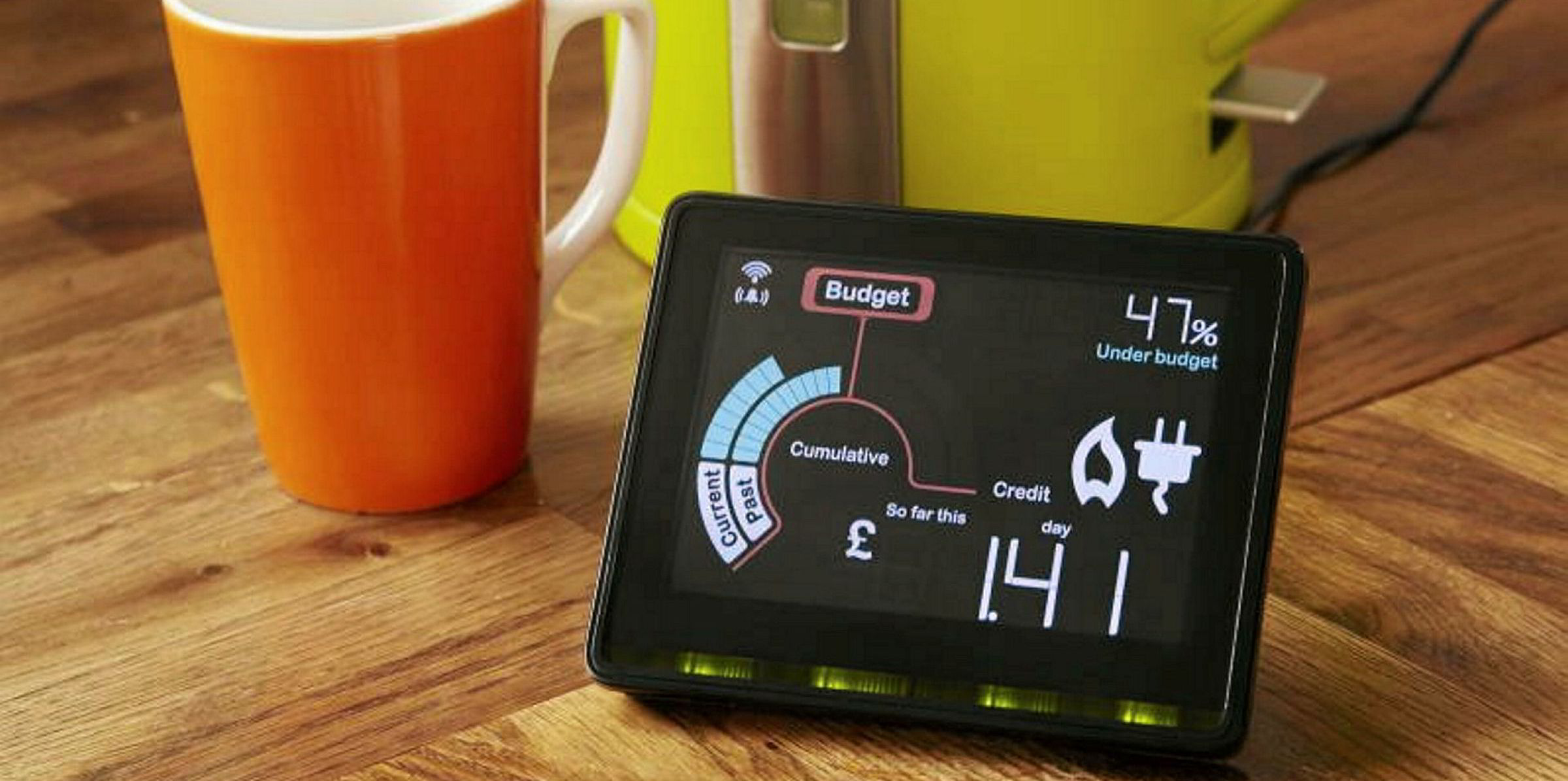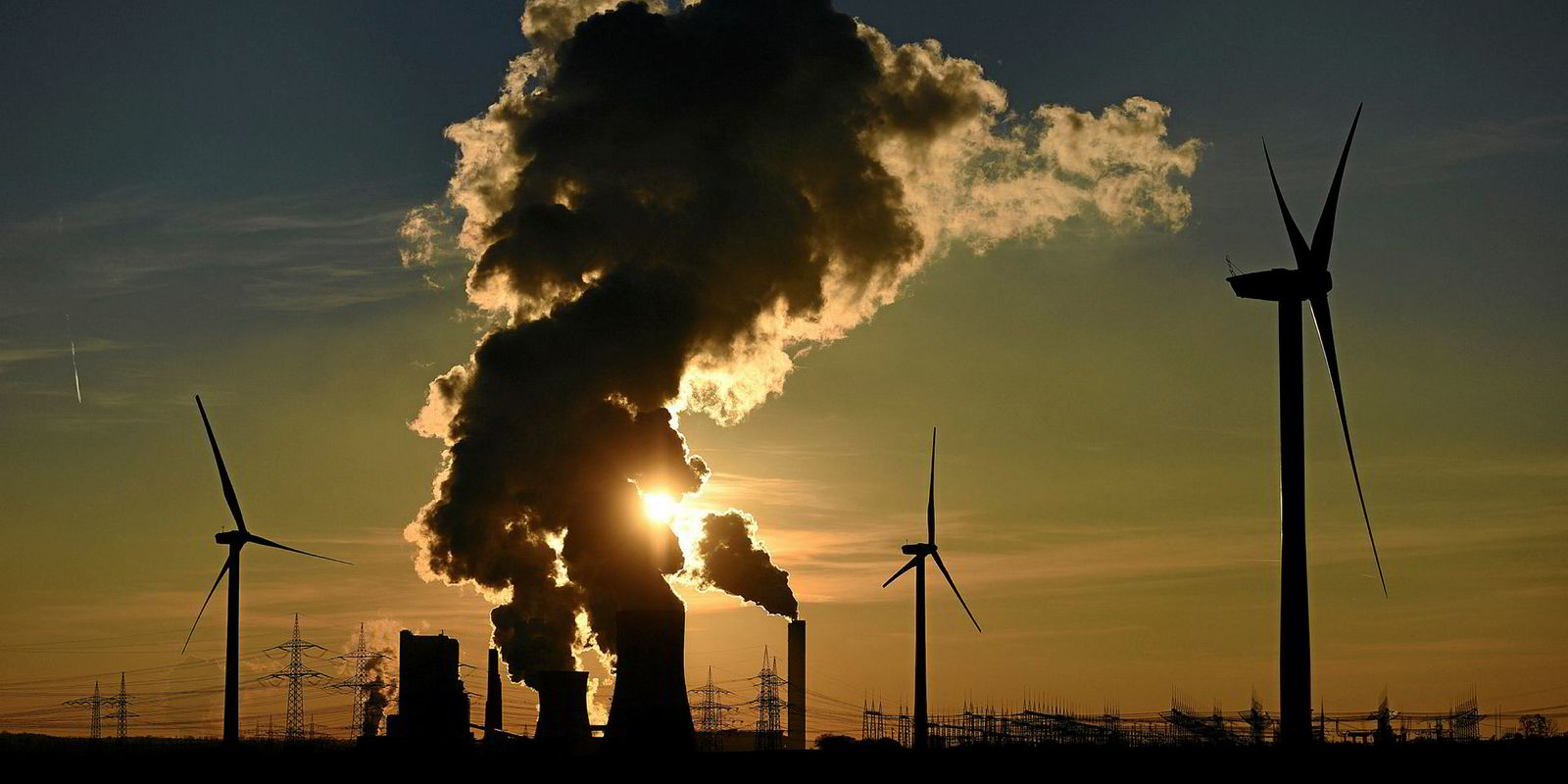To facilitate the energy transition and enable cross-border trade flows, Europe’s policy ambitions continue to promote higher interconnection levels and more efficient use of available capacity. Looking forward to 2030 and beyond, the continuing shift in the energy ecosystem highlights several challenges that require urgent consideration by system planners of transmission system operators (TSOs) and authorities.
The developments in decarbonisation, decentralisation and digitalisation — combined with the overarching goals of a reliable, secure and affordable energy system — bring specific threats and opportunities. Transmission planning is shifting from a simple development of assets to cover peak capacity towards the implementation of a smarter set of tools that allow for the more effective use of existing assets and facilitate achievement of policy goals.
The largest uncertainty for system planning may not be technology innovation, financing, or regulation, but rather the shift in energy consumption that Europe will face in the coming decades. The combination of decentralised renewables (PV, wind), local flexibility (smart meters, batteries), demand electrification for residential homes (heat pumps, EVs) and industrial facilities (electromagnetic processing of materials, hydrogen feedstock) and policies of gas phase-outs create significant uncertainty for system planners of gas and electricity systems.
A recent study for the European Commission provides a pan-European inventory of all planned transmission expenditures in electricity, gas and large-scale storage up to 2030.
The expected pipeline from 2021-30 adds up to about €229bn of investments. About 66% is on electricity transmission, 18% on gas corridors, and the remaining on pumped-hydro storage, underground gas storage, and liquefied-natural-gas facilities. After 2023, the number of foreseen gas projects drops significantly, due to unclear profitability driven by unclear future gas demand.
However, across countries the trends differ strongly. Some see a strong need for gas-grid reinforcements based on security of supply and flexibility needs, while others clearly expect a phase-out. Electricity transmission plans generally underline the need for more capacity. National annual expenditures on new and upgraded transmission investments will likely be much higher in 2021-30 compared to today (about 29% on average increase), especially in Western European countries and the North Sea region.
TSOs have a legal obligation to provide national and pan-European development plans that look ten years ahead. Europe’s system of Projects of Common Interest also provides the financial support of fast-track permitting processes mainly to projects with relatively short-term commissioning. Even with this time frame, projects face pushback because of public acceptance (transmission overhead lines) or geopolitical and sustainability reasons (gas transit corridors).
For the existing gas system assets, long-term viability may depend on low-carbon solutions, including biomethane or hydrogen injection. It remains unclear which share of the present corridors would remain functional in such a scenario, or how many new investments will be needed. Pilots and further studies are necessary to understand the potential.
There are numerous 2040-50 studies that have endeavoured to assess the need for pan-European transmission capacity with high shares of renewables and the technical solutions such shares require for operational stability. However, the shifts in end-consumer demand remain difficult to project, ranging from lower demand based on energy-efficiency drives to higher demand based on more electrification, with uncertain estimates on how much would be flexible in either case.
It is crucial that all stakeholders adopt a flexible, robust planning approach. For market actors in a specific country and market segment (eg, suppliers/aggregators looking at a specific flexibility products), the difference between early adopter and follower is often a matter of a few months or years. On the other hand, grid investments to enable more decentralised, digitalised and decarbonised demand and supply take significantly more time to materialise.
Uncertainty should not result in postponement — which increases the risk of grid access barriers in the long run. System planners must cover both short-term system needs, where economic viability and local stakeholder acceptance are key, and long-term system needs where shifts in the energy ecosystem must be well understood and innovation projects need to be well selected. There remains a need and thus an investment opportunity for transmission infrastructure to strengthen the internal market, support low-carbon energy solutions, and provide security of supply.
Edwin Haesen is an associate director with Navigant working on electrical power systems, with a particular focus on the challenges of flexibility and renewables-dominated systems.
Navigant has produced an in-depth report on the outlook for utilities entitled State & Future of the Power Industry 2018. Click here for more information.



